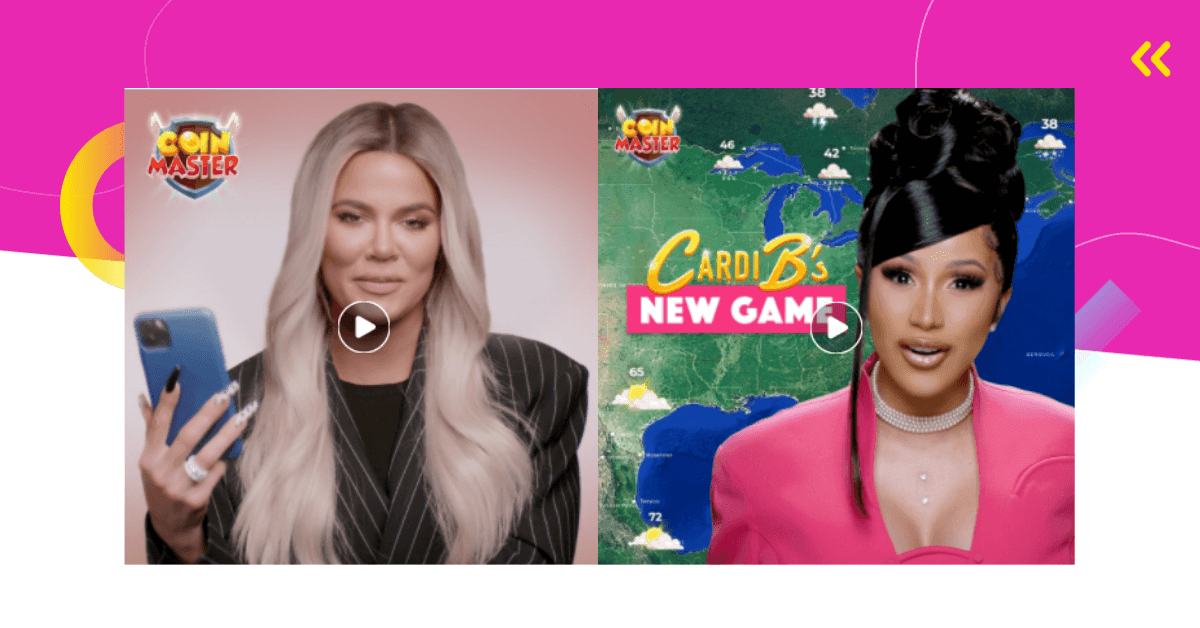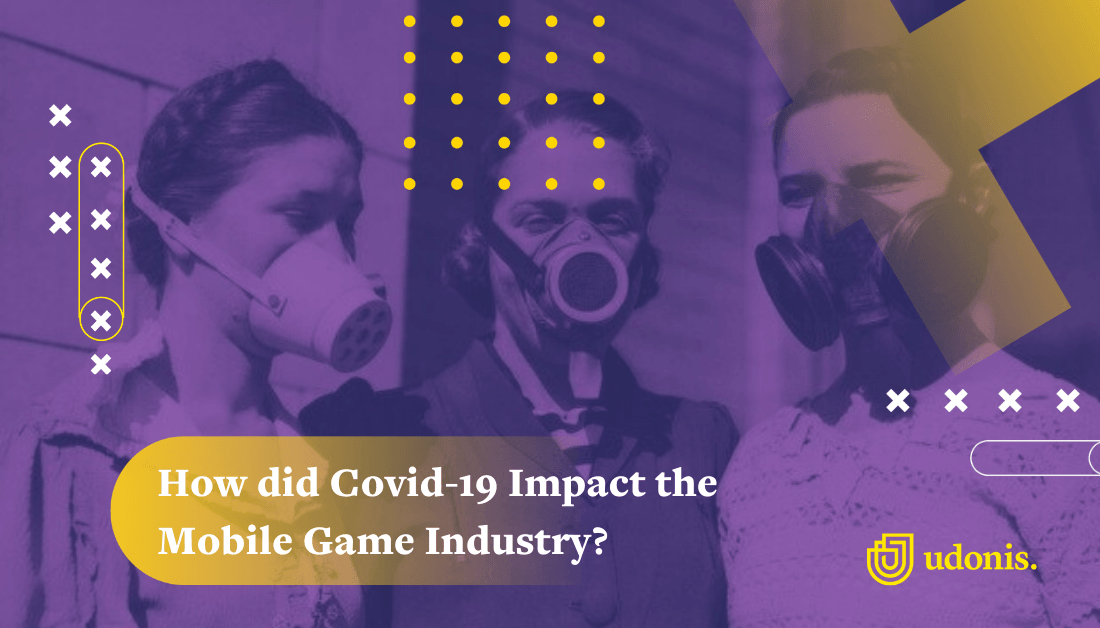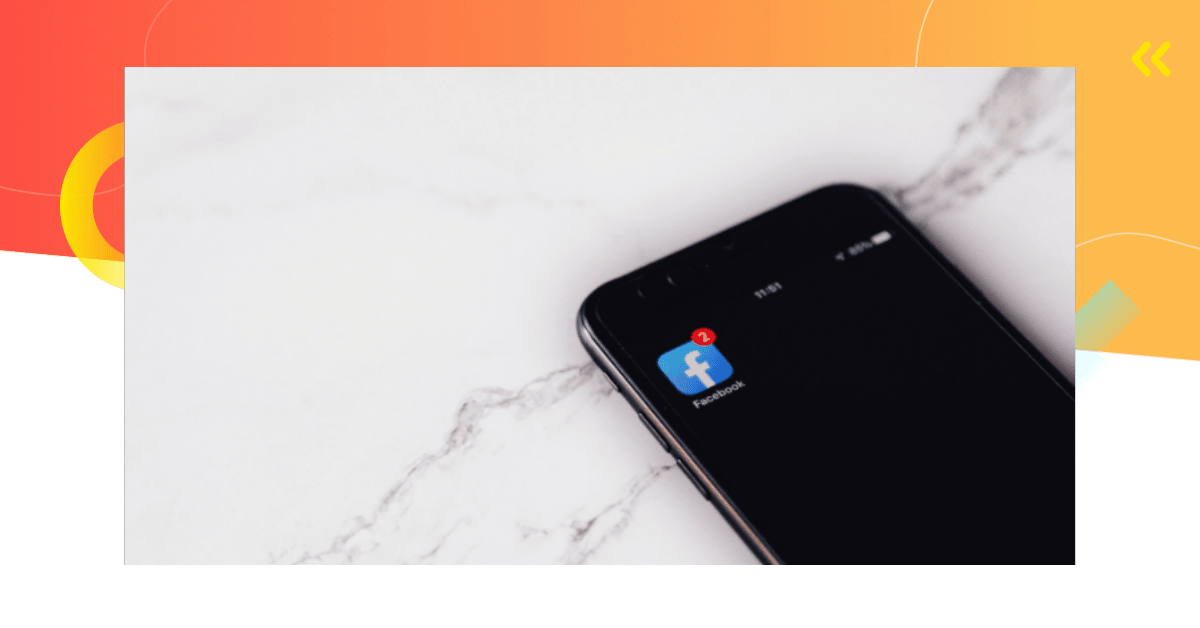Have you ever wondered about user acquisition and why it’s a buzzword in the mobile app and gaming world? You’re in the right place to find out.
In this beginner’s guide, I’ll break down user acquisition in simple terms, highlight its importance, and explore the various types of UA, complete with examples and strategies.
Ready to get started? Let’s go!
What Is User Acquisition (UA)? Definition and Meaning in Marketing
So you’ve created an exciting mobile app or game. Now, you need people to use it. That’s where user acquisition comes in.
UA is the process of attracting new users for your app or game, primarily through marketing efforts.
The goal of user acquisition for apps and games is to convert users right away, unlike traditional advertising campaigns.
While paid advertising campaigns are a common UA method, acquiring users isn’t limited to just that. There’s also a world of organic methods.
3 Main User Acquisition Models
User acquisition in mobile apps and games revolves around three key models: paid, organic, and the combined model.
Each caters to different objectives and stages in an app’s lifecycle.
1. Paid User Acquisition
Paid user acquisition is all about quick results through investment in advertising campaigns on platforms like social media and ad networks. It’s ideal for a rapid increase in user base, targeting potential users who are likely to engage with your app.
2. Organic User Acquisition
This strategy emphasizes the gradual growth of your user base, with a significant focus on app store optimization (ASO).
By increasing your app’s visibility in app stores through optimized titles, descriptions, and keywords, you naturally attract more users.
This method, centered on ASO, boosts natural discovery and loyalty and reduces reliance on paid advertising.
3. Combined Model
This model blends both paid and organic strategies.
It leverages the quick results of paid campaigns along with the sustainable growth of organic methods.
Suitable for apps at various lifecycle stages, it offers a balanced approach to user acquisition.
How Do You Create a Mobile User Acquisition Strategy?
Creating a mobile user acquisition strategy can seem daunting, but with the right approach, it becomes an exciting challenge.
Here are five tips to guide you in building an effective UA strategy.

1. Define Your Target Audience
Start by understanding who your app is for. What are their interests, behaviors, and demographics?
Creating user personas can be incredibly helpful.
This step is crucial because your entire acquisition strategy depends on attracting the right people – those who will not only download your app but also engage with it actively.
2. Select the Right Acquisition Channels
There’s a multitude of channels out there, but not all will be right for your app.
Analyze where your target audience spends their time. Is it social media platforms like Instagram or TikTok? Or are they more likely to be found via search engines like Google?
Choose channels that align with your audience’s preferences and your marketing goals. Remember, what works for one app may not work for another.
3. Optimize for App Store Performance
Never underestimate the power of app store optimization.
ASO is the mobile equivalent of SEO for websites.
Ensure your app’s title, description, and keywords are optimized to boost visibility in app store searches. High-quality screenshots and compelling app previews can also make a significant difference in attracting users.

4. Leverage Data and Analytics
Data is your friend.
Use analytics tools and data dashboards to track the performance of your acquisition efforts.
Look at metrics like conversions, download rates, user engagement, and retention rates. This data will help you understand what’s working and what’s not, allowing you to refine your strategy over time.
5. Test and Iterate
User acquisition is not a ‘set and forget’ kind of deal. It requires continuous testing and iteration.
Experiment with different ad creatives, messaging, and targeting parameters. A/B testing can be particularly effective in determining what resonates best with your audience.
The key is to learn from each campaign, make adjustments, and continually strive for better results.
User Acquisition Example
Imagine there’s a mid-core mobile game called Space Adventure. The goal of Space Adventure is to grow its user base and increase engagement among players.
Here’s how they might approach their user acquisition strategy:
1. Defining the Target Audience
The team behind Space Adventure identifies their target audience as men and women aged 18-35 who enjoy science fiction and action games. They’re active on platforms like Instagram, Reddit, and Twitch.
2. Leveraging Paid User Acquisition
To attract this demographic, Space Adventure launches paid ad campaigns on Instagram and Facebook, utilizing high-energy video ads that showcase the game’s best features.
They also collaborate with popular gaming influencers on Twitch, who play the game live, offering viewers a glimpse into the exciting gameplay.
3. Implementing Organic User Acquisition
Simultaneously, Space Adventure focuses on organic growth.
They optimize their App Store and Google Play listings with engaging descriptions and captivating screenshots.
They encourage current users to refer friends by offering in-game bonuses for each referral.
4. Analyzing and Iterating
The Space Adventure team closely monitors the performance of their campaigns using analytics tools.
They discover that the Twitch influencer campaigns are particularly effective, leading to a higher number of downloads and engaged users. Based on this insight, they decide to invest more in similar partnerships.
5. Engagement and Retention Strategies
Alongside acquisition, the team works on keeping their new users engaged.
They introduce regular updates, new levels, and special events to keep the game fresh and exciting.
Through this integrated approach combining both paid and organic strategies, and by continually analyzing and adjusting their tactics, Space Adventure successfully boosts its user base and increases player engagement. This example demonstrates how a thoughtful and adaptable user acquisition strategy can lead to tangible results in the mobile app and gaming industry.
Mobile User Acquisition Challenges
User acquisition is not without its challenges. Here are the main ones you should consider.
Competitive Marketplace
It’s no secret that the mobile app and game market is saturated. Developers need to compete with thousands of similar apps across different app stores.
Because of that, distinguishing your app from all others is a daunting task. Not to mention it just takes one wrong move, and you’re out.

Ad Fatigue
As fatigue is another common issue businesses face when advertising mobile apps and games.
When people see the same (or similar) ad frequently, they start losing interest. As a result, you may notice the performance of your UA campaigns declining.
To combat ad fatigue, constantly test new ad concepts and never let people get bored and stop engaging.
Rising UA Costs
An increase in demand results in UA costs escalating. Especially for acquiring users who are likely to make an in-app purchase.
Because of that, it’s crucial to be data-driven and manage your budget accordingly.
Monetization
After user acquisition comes monetization, as the main goal is to get more users who will then watch ads or make in-app purchases.
However, that’s easier said than done.
According to AppsFlyer, only 5 to 7% of users make an in-app purchase.
For that reason, a well-thought-out monetization strategy is a must. To get started, check out our beginner’s guide for monetization.
User Acquisition (UA) with Udonis
User acquisition for mobile apps and games can be a complex task. Udonis, a specialized user acquisition agency, offers expert guidance.
Why Choose Udonis?
- Tailored Strategies: We understand each app’s unique needs, crafting personalized UA approaches for maximum efficiency.
- Data-Driven Insights: Utilizing advanced analytics, Udonis ensures every decision is backed by data.
- Expertise in Mobile Apps and Games: Our deep industry knowledge allows us to create effective strategies that align with current trends and market demands.
- Focus on ROI: At Udonis, we prioritize acquiring high-quality users who contribute to long-term growth and profitability.
Partnering with Udonis simplifies the UA process, turning challenges into opportunities for success.







Comments